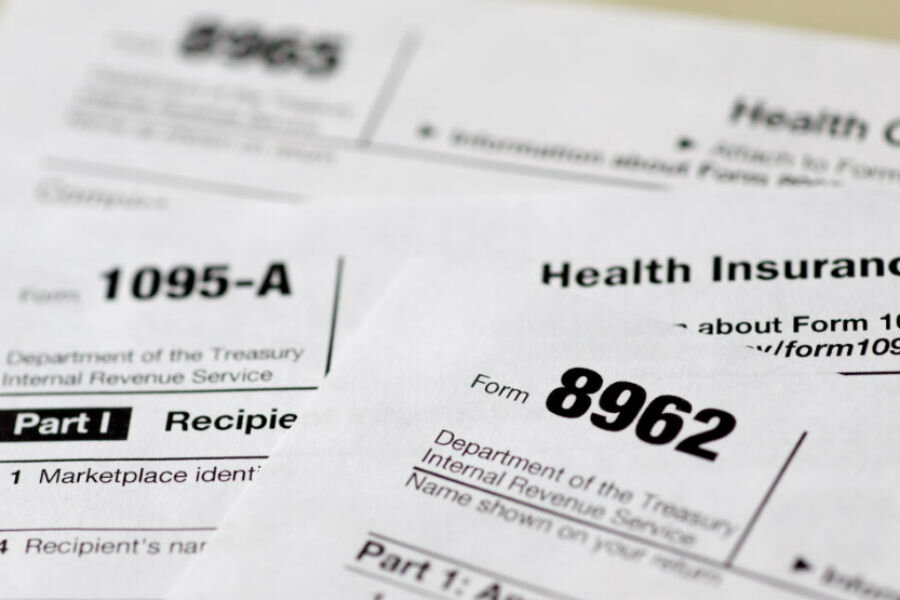Report: Rich Americans pay more in taxes than you think
Loading...
A new Congressional Budget Office report does a nice job of busting some of the most persistent tax myths of both the political left and right.
For instance, despite claims from progressives, high-income households on average do pay a substantial share of their income in taxes (in fact, by some measures, they pay more than their fair share). Similarly, notwithstanding cries of the right, the highest income 20 percent of households have not seen a huge tax hike during the Obama years, and in fact have been paying roughly the same average tax rates for decades.
Finally, in contrast to claims of politicians of all stripes, middle-income Americans pay a relatively modest share of their income in federal taxes—a fraction that has declined over the past three decades.
CBO looked at trends in household income and taxes from 1979 to 2013. The agency uses a broad definition of income which includes labor, capital, business, and retirement income, as well as government transfers such as Social Security, Medicare, and the Supplemental Nutrition Program (food stamps). And it looked at the four largest federal taxes—individual and corporate income taxes, payroll taxes, and excise taxes.
CBO divided people into five income groups: The lowest income 20 percent made an average of about $25,000 in pre-tax income; those in the middle made an average of about $70,000; and the highest-income households made an average of $265,000. For some measures, CBO also looked at the Top 1 percent of households, which made an average of more than $1.5 million. Here is what the agency concluded:
However you slice it, the federal tax system is very progressive. The lowest-income families paid an average federal tax rate of about 3 percent in 2013. Middle-income households paid about 13 percent, and the top fifth paid 26 percent.
Looked at differently, the lowest income households received about 5 percent of total pre-tax income and paid less than 1 percent of all federal taxes. Those in the middle received about 14 percent of all income but paid only about 9 percent of taxes. By contrast, while the top 20 percent brought home about 53 percent of all pre-tax income, it paid about 69 percent of all federal taxes.
Except for the Top 1 percent, average federal tax rates did not change very much between 1979 and 2013. And, if anything, they have declined slightly. For all of us, the average tax rate over the period was 20.8 percent. In 2013, it was 20.1 percent.
Over the 35-year period, average rates fluctuated quite a bit, dropping in the early 1980s, rising through the ‘90s, peaking in 2000, falling again with the Great Recession, and bumping up again in 2012-2013. But taking the long view, they were not so different in Barack Obama’s second term than they were when Ronald Reagan came into office.
For middle-income households, average tax rates also bounced around, falling from a peak of 19 percent to a low of around 12 percent in 2009. While their rate bumped up to 13.8 percent in 2013, that rate was still well below the 35-year average of 16.6 percent.
There is lots more in the report, but be careful: Reading it will destroy a lot of those myths upon which the current tax policy debate is built.
This article first appeared at TaxVox.







